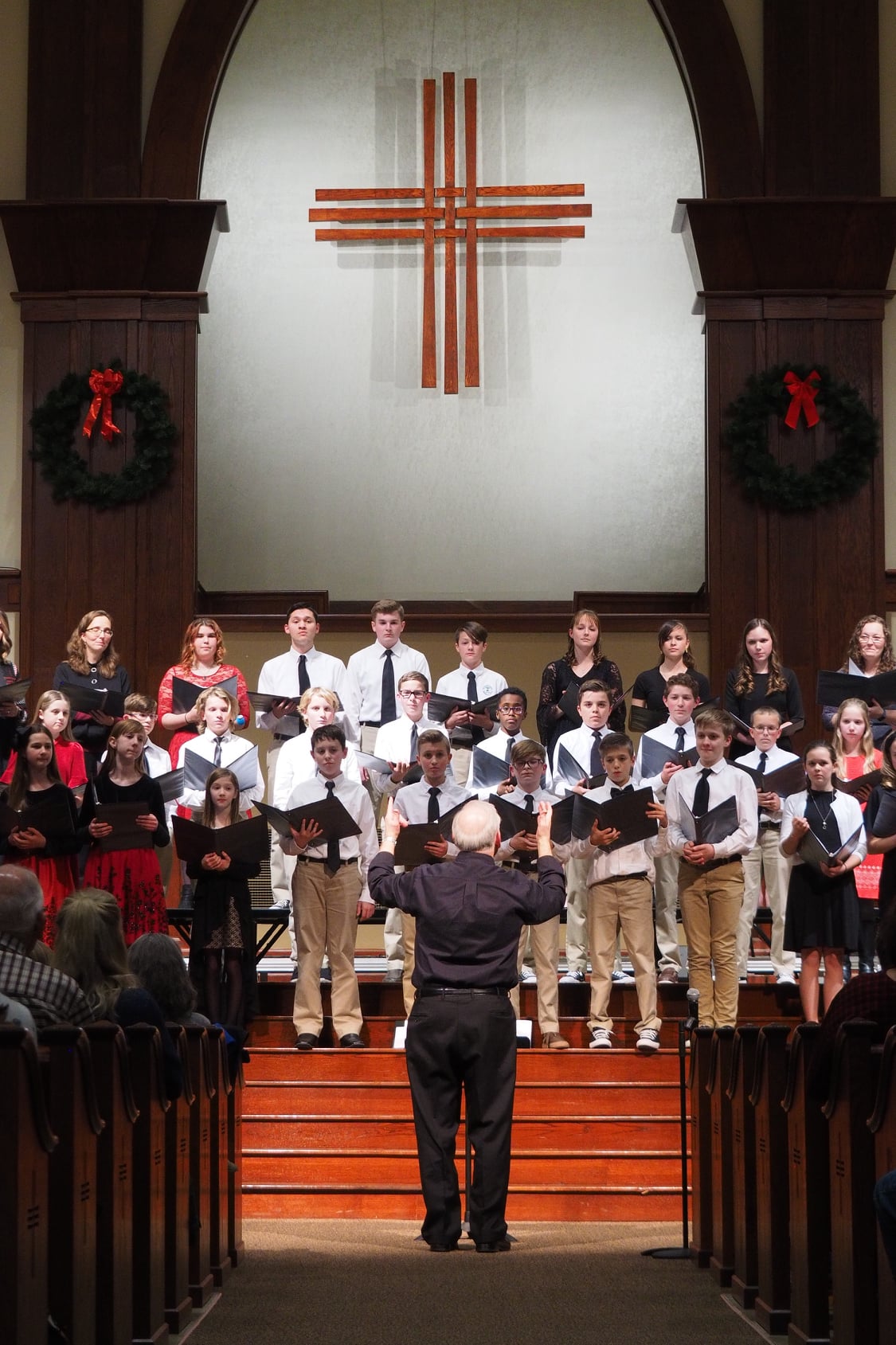Art & Music
Art & Music Programs
There is no better way to cultivate a love for beauty than by learning to create beauty for oneself.
Aside from art and choir classes themselves, The Classical Academy also makes an effort to make every day a beautiful experience. From hanging great art, paying attention to aesthetically tasteful classrooms, to wearing standard uniforms, we are awakening and cultivating beauty within our students. This “hidden curriculum,” in concert with our full classical, Christian curriculum are part of the million little things that cultivate virtue and a lifelong love for the true, the good, and the beautiful.
Grammar School Art Program
Lower School Art
Instruction is teacher-directed sensory exploration and learned appreciation in the context of a God-centered love for the variety of creation as seen in color, light, and texture. Special attention is given to teaching correct posture and hand position, formation and identification of geometric shapes and spatial relationships such as perspective and using the entire sheet of paper.
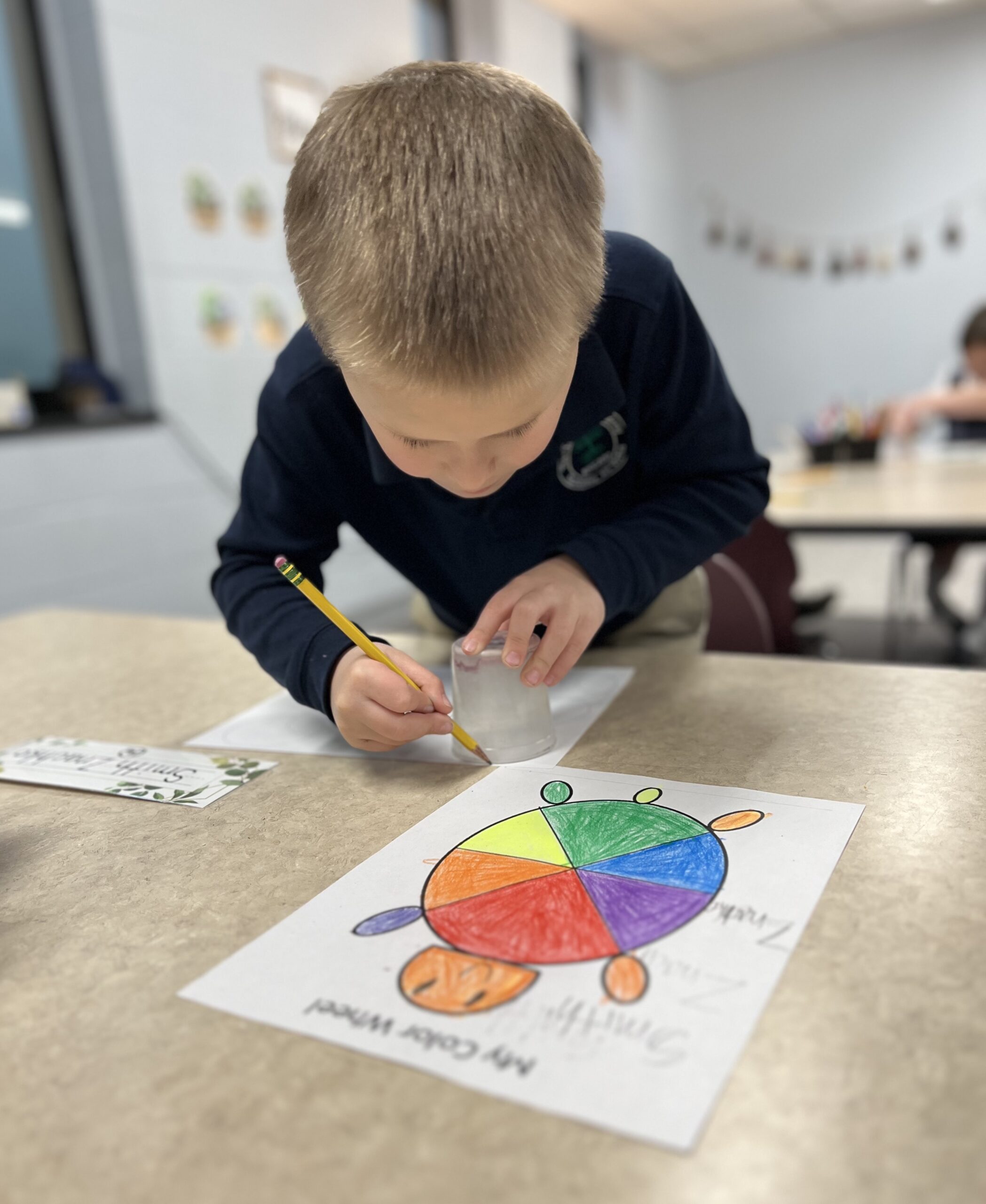
Picture Study
Logic & Rhetoric School Art Program
Upper School Art
After students learn the basic skills and imitate masters (as young apprentice artists have done for centuries in Europe), they are far better prepared to construct their own, unique renderings.
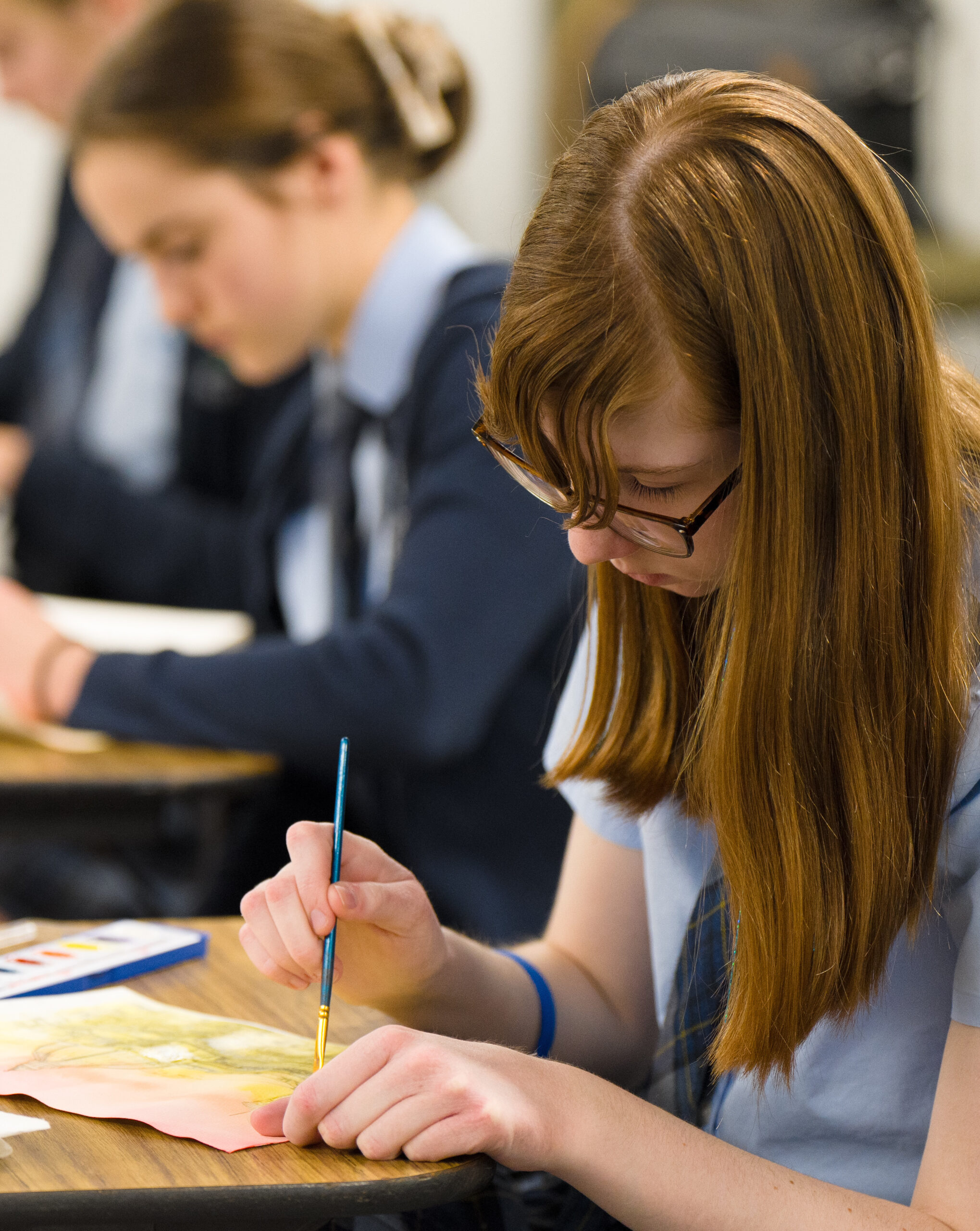
Here is a sampling of artwork from our Academy students:
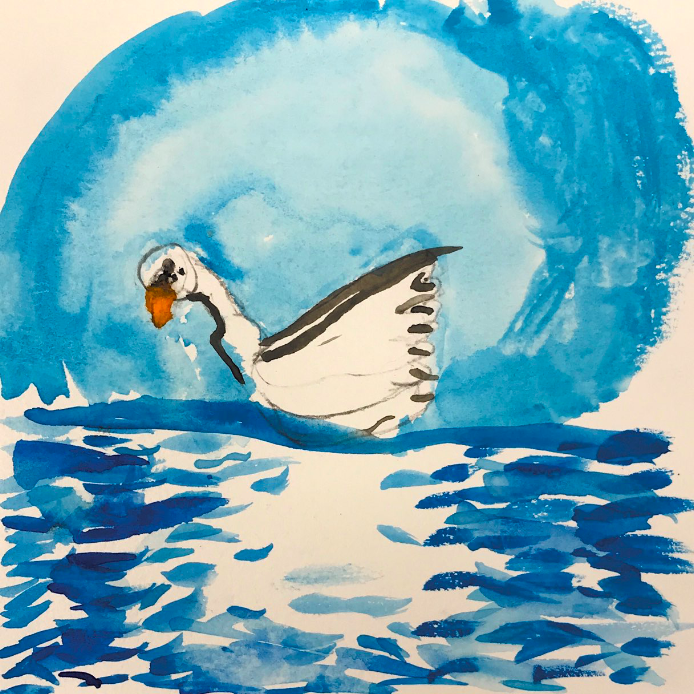
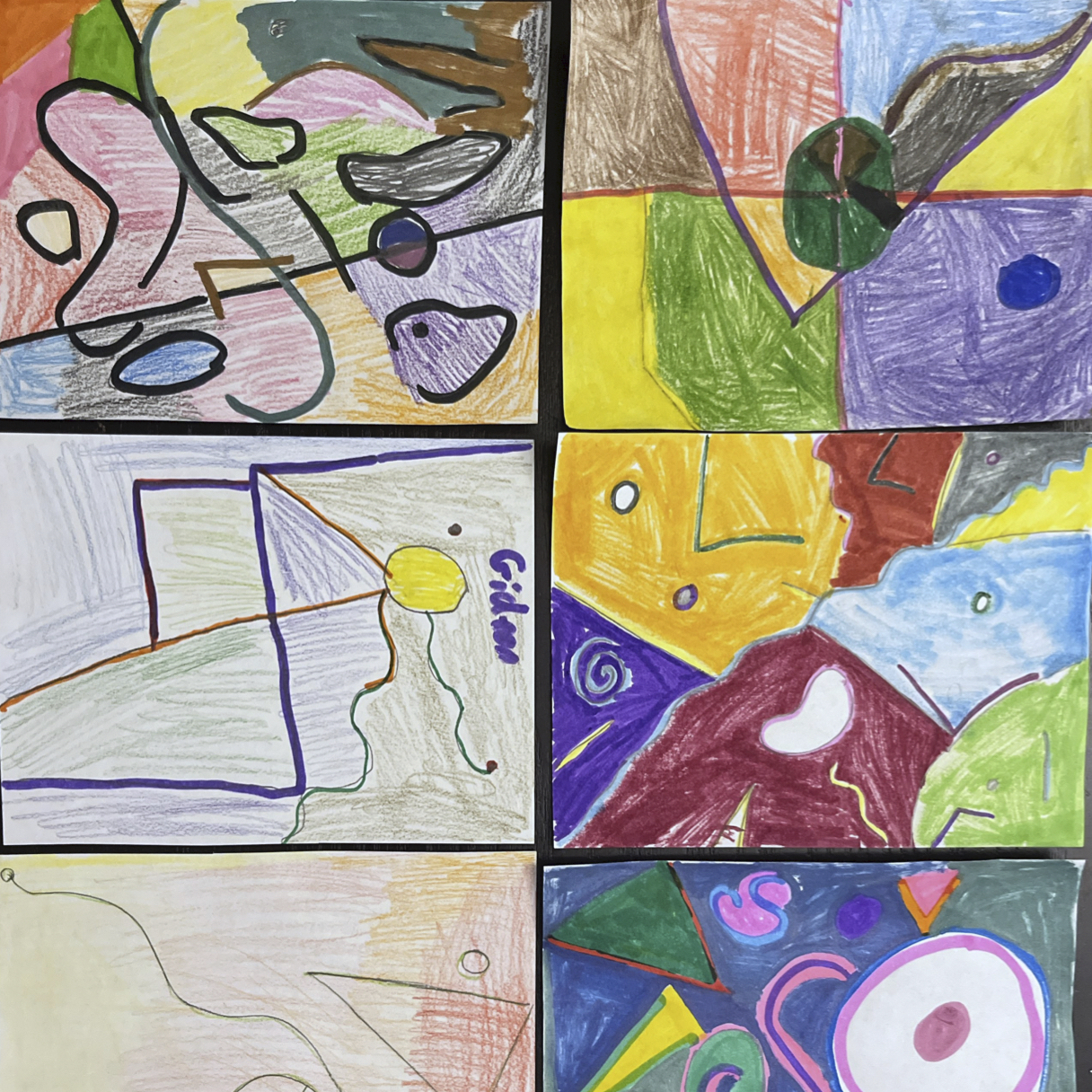
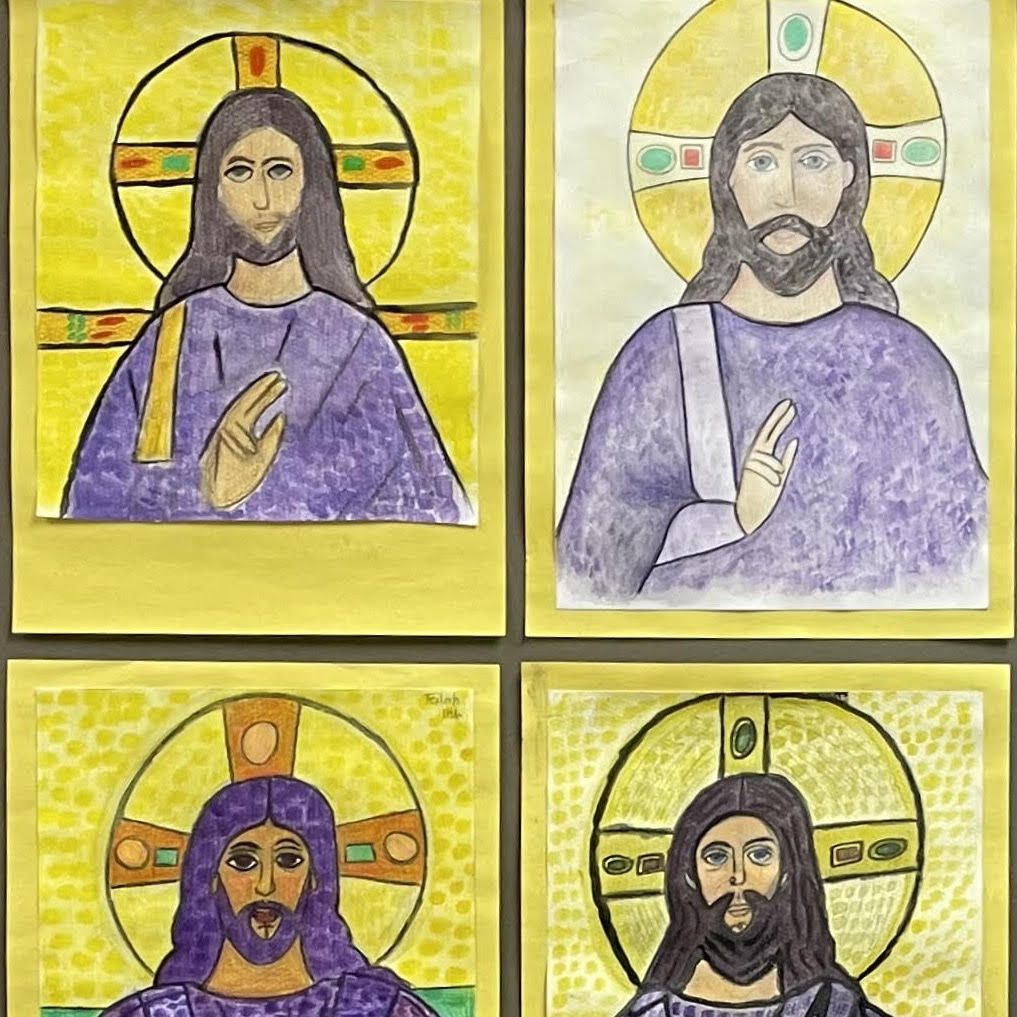
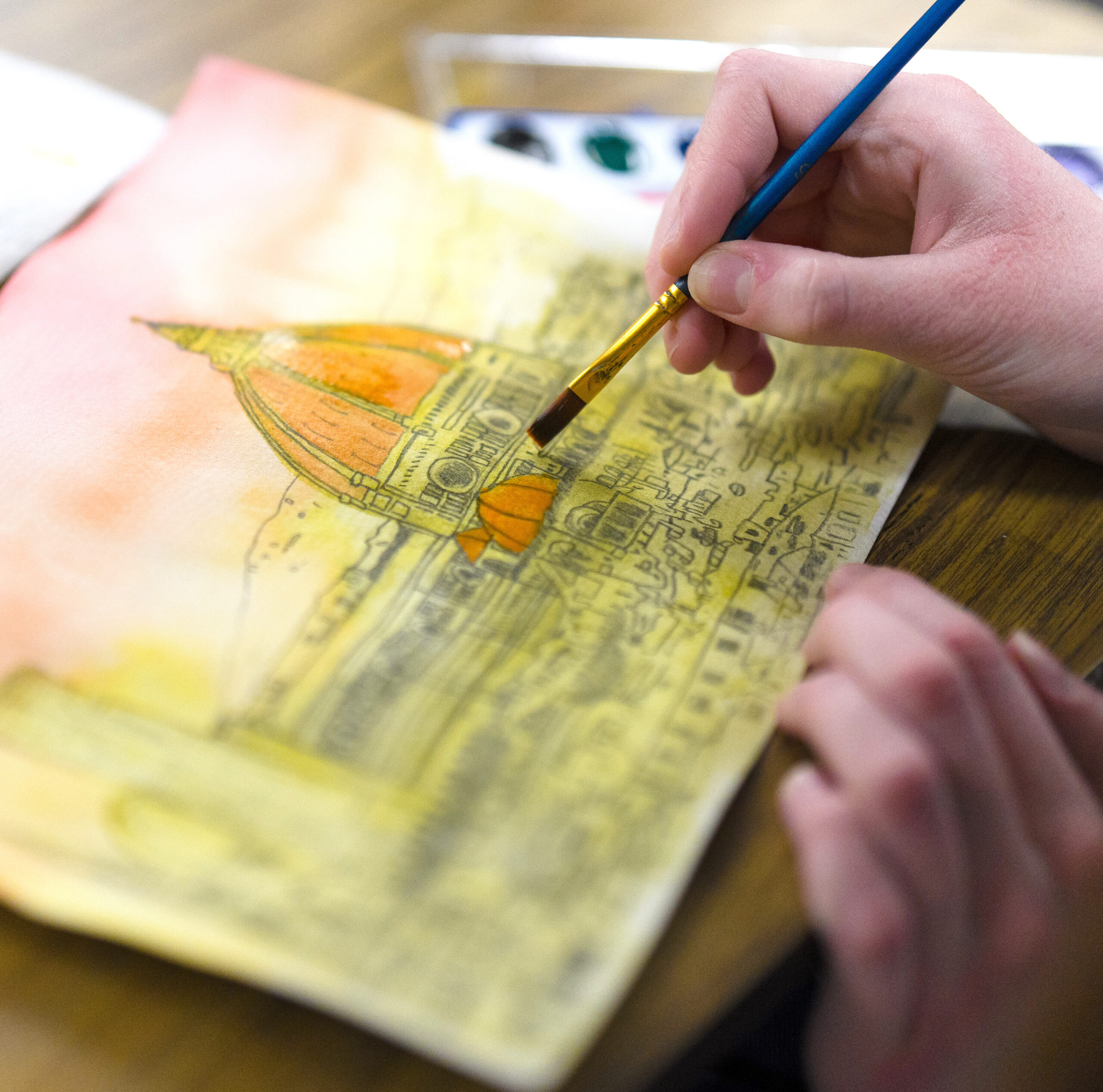
Music Program
The worship of God is a joy-filled calling for all Christians.
Music Program
Choir & Music Appreciation
In addition to this choir course, students also develop music appreciation through studying the life and works of famous composers. With music appreciation, students gain a broader exposure to beauty and are allowed to think and feel within a creative realm that they might not otherwise directly encounter. Music appreciation stimulates spatial-temporal reasoning which is the brain function behind difficult, complicated tasks like math or chess.
